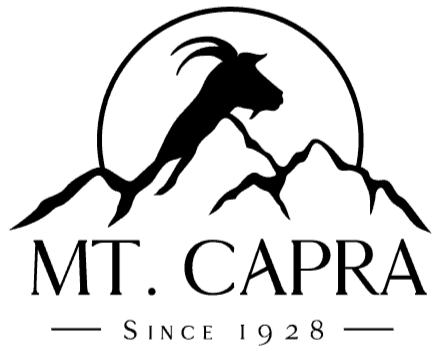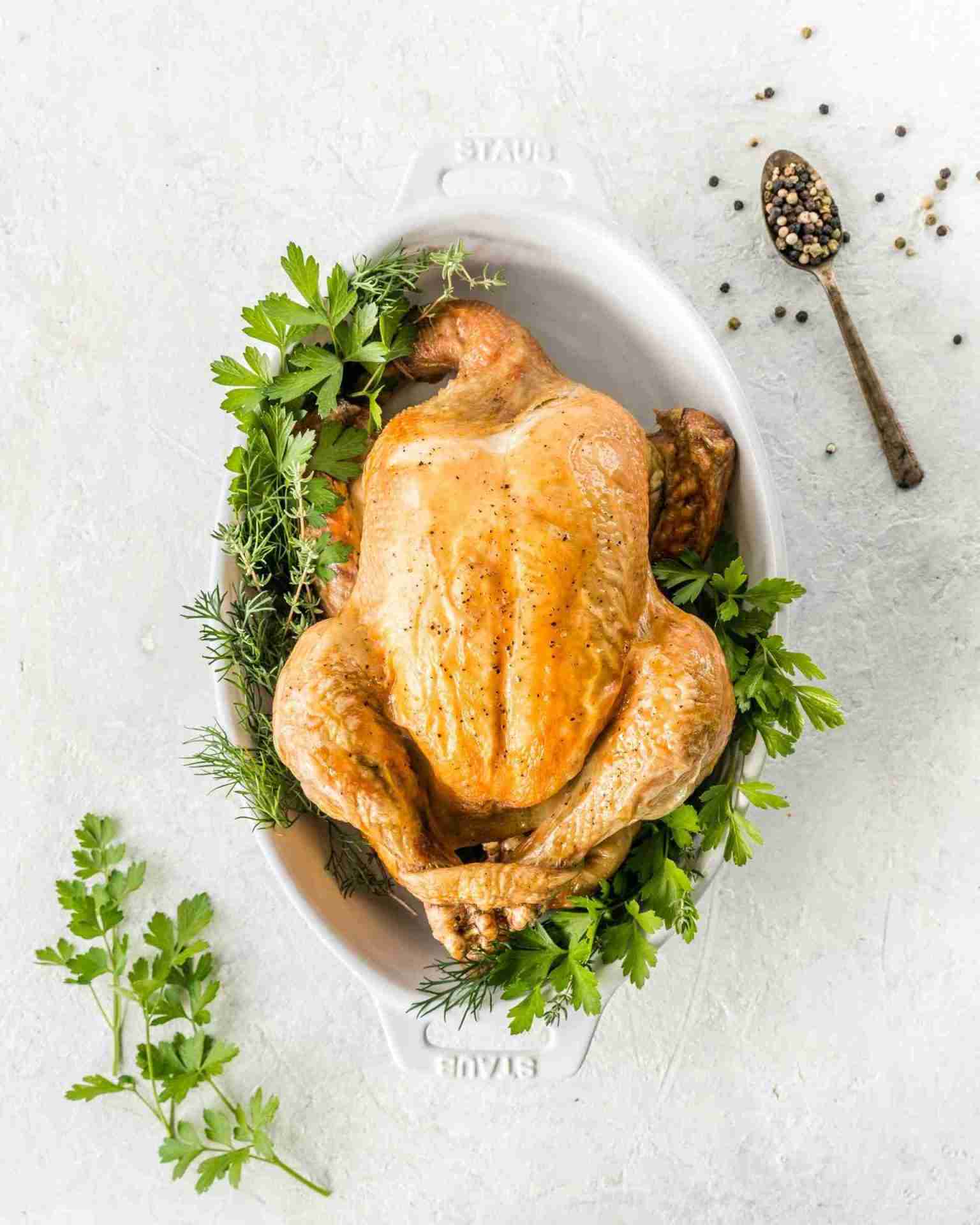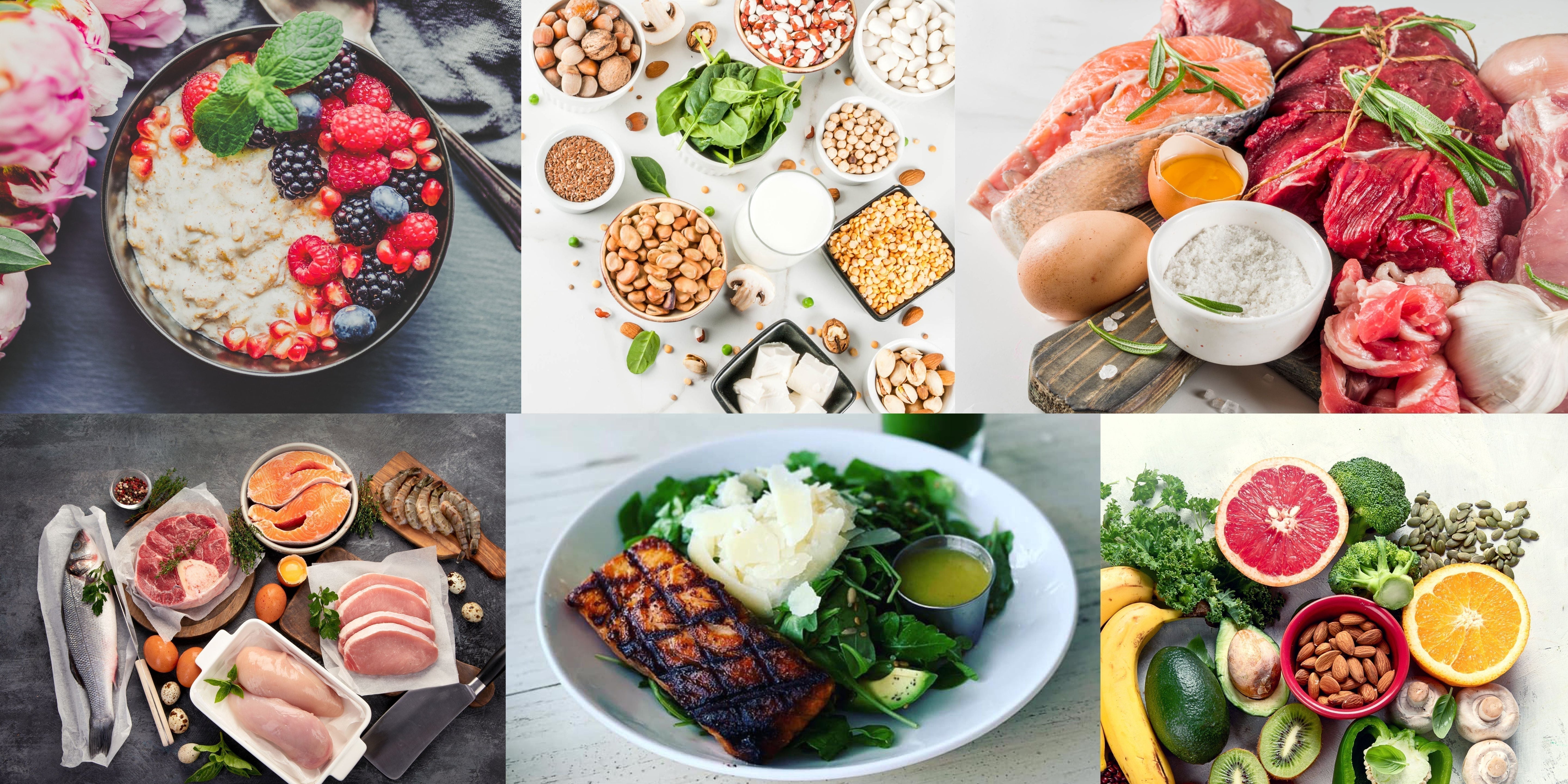
With prices rising due to limited availability or increased costs in the supply chain and people facing job loss, a lot of people may be limiting spending and looking to get the most for their dollar. You need to learn how to get the most nutrition on a budget. Food is a necessary expense, but can be costly, especially for good quality food, which is essential for health. Today I wanted to share some tips with you on ways to stretch your food dollars and be money savvy while getting the most nutrients for your buck.
6 Tips on Getting the Most Nutrition for Your Money
Get the most out of a roasted chicken by making bone broth with the bones –
- You can roast whole chickens at home that should likely feed a family of 4 for a night. Then to get more out of the leftover bones and scraps of meat, you can make meat stock or bone broth by combining the bones with a few celery sticks and a carrot, some apple cider vinegar to help extract the minerals and gelatin from the bones, herbs for seasoning, and lots of water. This will give you a nutritious broth for a soup. There will be protein, minerals, and collagen in the soup. You can add a bunch of parsley the last 10 minutes of cooking the broth to add extra minerals.
Cook large batches of soups and freeze what you can’t eat in 5 days for a future meal –
- I don’t know about your family, but soups go a long way in my family. We usually eat it together for dinner, I eat the leftovers for several breakfasts or lunches, and then usually still have some leftover that we freeze a container of. This makes for a great quick and easy meal once it is defrosted in the future. Soups are great as they combine your protein, veggies, and starches in a meal and you can add extra fat (like butter or ghee) to make it even heartier.
Buy in Bulk –
- Buying in bulk is usually a great way to save money. You can buy in bulk at Costco, through companies like Azure Standard, and even straight from the farmer. If the initial cost of buying in bulk is expensive since you are buying so much at once, you can split the cost with a neighbor, family member or friend. Splitting a half of a cow with a friend or family member can get you a great cost per pound and a wide array of cuts. Beans and grains can be great to buy in bulk too and usually last a long time if you store it right. Since they don’t have to be refrigerated, you don’t have to worry as much about having enough storage room. We sell our proteins, ghee, and Capra Mineral Whey in bulk (5 lbs protein, 1 gallon ghee, and 10 lbs Mineral Whey) at a cost savings.
Include lots of healthy fats –
- Fats are very satiating and satisfying. They help you stay fuller longer and prevent snacking and carb cravings when balanced with protein throughout the day. Fat can be some butter or ghee in your soup or on your potatoes or bread. It can also be a handful of almonds between meals if you do need to turn to something healthier to eat.
Buy from your local butcher –
- My local butcher is closed on Sunday and Monday. They often have a sale at the last hour of the day on Saturday on any fresh meat left in the case. This is so they don’t have to freeze so much and store it. You may find the same kind of great deals at your local butcher. When you buy it straight from the source, you might avoid any additional markup from more expensive health food stores. A local butcher can be a great place to buy your beef bones like oxtail and stew bones for making your own broth.
Cook sprouted steel cut oatmeal or soak your own steel cut oatmeal –
- Steel cut oats can be a heartier breakfast and have a decent amount of protein. You can make it savory or sweet and can add in fat like butter, ghee, or coconut oil, fruit, and nuts to make a nourishing meal. Buying the oats sprouted or soaking them overnight helps to decrease the phytic acid. Phytic acid blocks mineral absorption and allows the nutrition to be better absorbed. You can even cook a bunch of it and just quickly reheat it in the morning for a tasty meal.
Some extra fun tips for making your own nutrition at home:
Get plant starts from your leftover veggie scraps –
- Did you know you can use your scraps from a number of veggies to grow your own plant? You can do this with the bottom of the celery stalk, any potatoes with an eye on them, the roots of green onions, the seed of an avocado, the tops of a pineapple, and more! Now you do want to make sure you have good soil to plant the starts in when you are ready. As a healthy plant can only grow from healthy, nutrient rich soil. You can talk with your local garden shop or Master Gardeners to learn more about how to improve your soil quality and what to look for.
Compost your veggie and fruit scraps for your own natural fertilizer –
- Instead of throwing away the tops of carrots and the tip of the beet or the base of the carrot that you aren’t going to use, throw them in a compost bin and get your own natural fertilizer brewing!
Make your own sauerkraut or fermented veggies –
- Fermenting veggies prolongs their shelf life and increases nutrition. Back in the old days when big grocery stores didn’t exist, people fermented their cabbage and other veggies to prevent them from going bad and to preserve them and have vegetables throughout the winter when few plants would grow. It is said that fermenting cabbage into sauerkraut increases the vitamin C content by 200%! Fermenting also makes the nutrition present easier to absorb and creates probiotics and natural enzymes to help you digest your food. This is how our ancestors used to get by without digestive enzymes and probiotic pills. You don’t have to stop at cabbage though, you can ferment/pickle cucumbers, carrots, garlic, and so much more!
I hope you have enjoyed reading this blog post. Hopefully it sparked some new ideas for you on things you can implement in your own life. Food can be creative, nourishing, it can bring people together, and is a way to try new things.






Share:
Unlocking The Keys to Digestion - Part 2: Lower GI
Cut Out Toxic Oils and Replace With Healthy Fats